#Tips
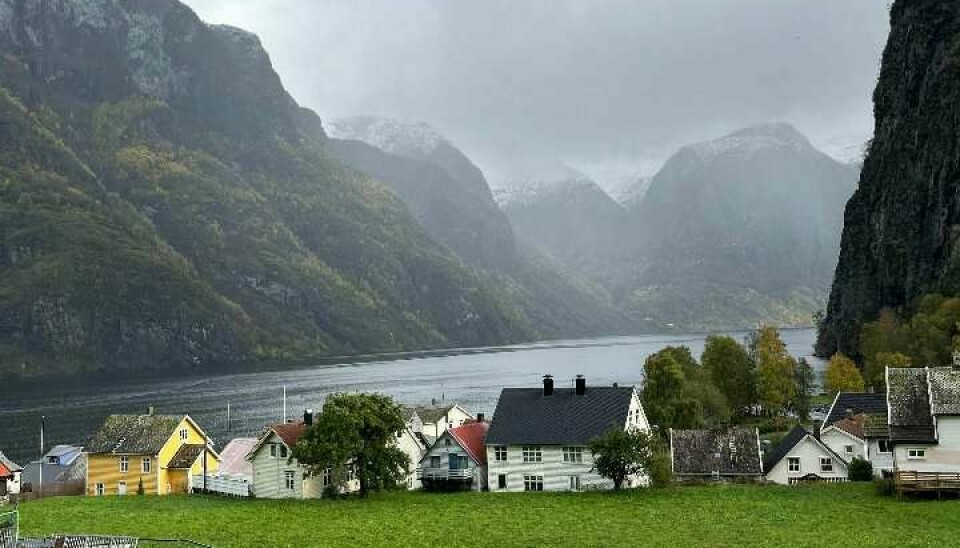
International Students in Cars Eating Goat Cheese
Exploring the Fjords of Norway’s West Coast
The spectacular nature of Norway’s West Coast is world renowned, and something any international student should make an effort to experience during their time here. The most popular destination on the West Coast is Bergen, Norway’s second most populous city, but this area of Norway has so much more to offer than just another iteration of urban life already available in Oslo.
In my experience traveling to Bergen by car, it was actually the journey itself I found the most rewarding, lingering in the picturesque towns that dot the way, which happen to be nestled in some of the most sublime nature I have ever seen. Dramatic fjord landscapes of sapphire blue water snaking between snow-capped mountains easily conjure images of the viking ships that must have sailed there a thousand years ago. Forests of jagged rock and dense evergreens form shapes suggestive of trolls, and the black, tarred surfaces of ornately decorated stave churches exude an air of solemnity that has endured for a millennium.
These are sights people have traversed continents for the opportunity of beholding them, but for us international students, these experiences are waiting more or less in our own backyard. Whether you’re only here on a six-month exchange or for the length of a full degree, setting aside the time to encounter Norway’s exquisite nature and cultural heritage sites is an absolute must.
Getting There
The views are out of this world, but the expense doesn’t have to be. While such a trip might seem out of reach for a student budget, there are plenty of ways to make it affordable. Before we embark on our sight-seeing tour, here are a few logistical tips and considerations.
Transport Option 1: Car
The two times I’ve been to the West Coast, we’ve gone by car. The first time, we were able to borrow a vehicle, and the second time we had to rent one. If you can find a car to borrow, so much the better, but if you find that renting is the most feasible option, the cost does not need to be prohibitive. Including insurance, gas, parking, and fees for tolls and ferries, the total cost of renting a five-seater car for five days was 4 800 NOK. Split four ways (the number of people on our trip), that came to 1 200 NOK per person. While trains and other forms of public transit are available, I strongly recommend using a car as your primary mode of transport, given its affordability as well as the freedom it grants you to go wherever you want, whenever you like.
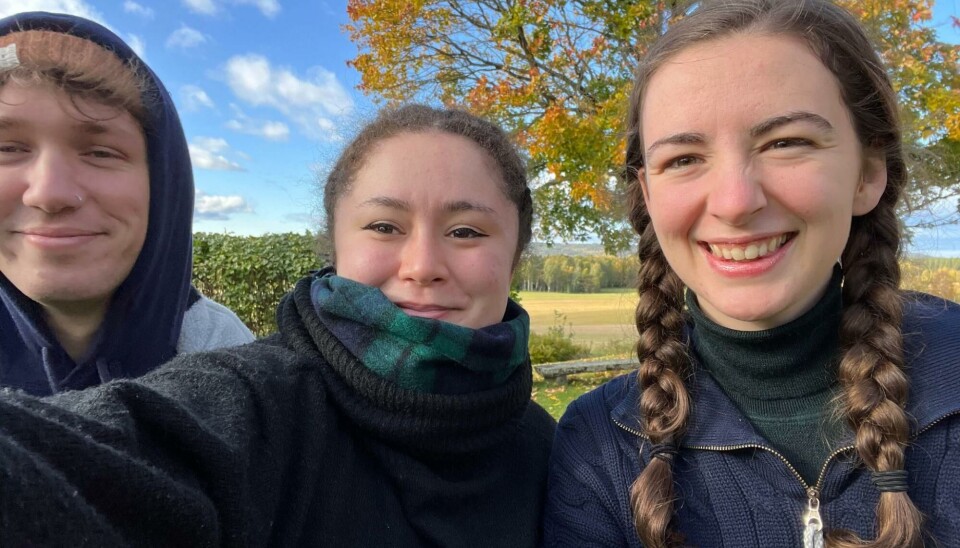
Transport Option 2: Train
If a car isn’t accessible, don’t that deter you from exploring the West Coast; your journey will just take a different shape. Roundtrip train tickets from Oslo S to Bergen can be purchased for around 1 300 NOK, or even more cheaply if you choose to take the night train. However, I would recommend that the journey there take place in the daytime, otherwise you won’t have enough light to see the sights you're paying for. Bergensbanen is widely regarded as one of the most scenic train rides in the world, so even if you don’t have the means to take a car, there is still a way for you to access the spectacular views offered by the West Coast.
The Route
Both times I’ve gone to the West Coast, we’ve taken the E16 up to Hønefoss, where we then switched to Highway 7 until arriving at Gol, where we got on Highway 52 through the Hemsedal Pass in the mountains, eventually switching back to the E16 at Borlaug. The second time, we just stayed on the E16 until we arrived in Bergen, but the first time we took the scenic route using Highway 5 and then 13 before rejoining the E16 at Voss.
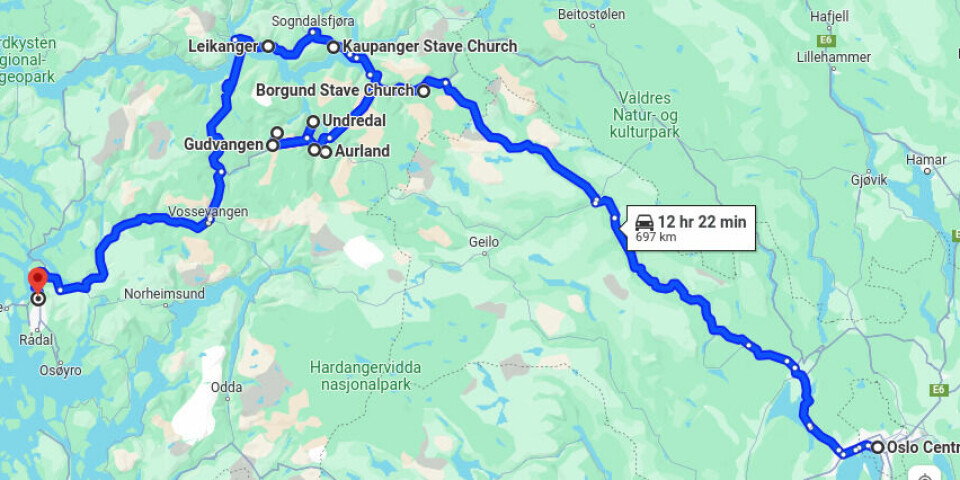
On the way back to Oslo, we took a completely different route, trying to get as much variety as we possibly could. Leaving Bergen, we took the southernmost option available, following County road 49 until it merged with Highway 13 at Odda. Then we turned onto E134 before switching to E18 at Drammen, which we took until we reached Oslo.
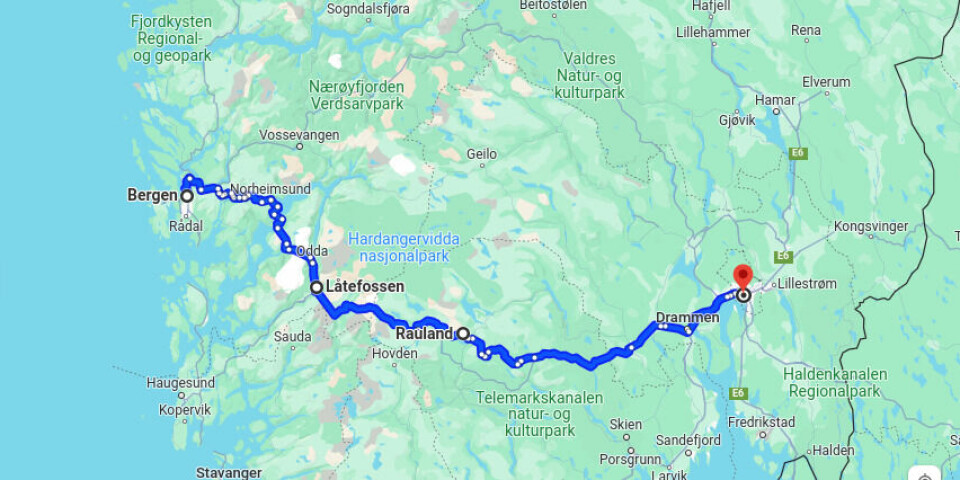
There are other routes available, but the places of interest included in this article will be found along this itinerary.
Weather conditions can be treacherous year-round, so it’s important to study the map and be flexible when it comes to which route you will take by car, as the pass you plan on taking might suddenly be closed for traffic by the time you get there. In such cases, there will be temporary road signs placed in advance of closed passes, letting you know the approximate waiting time for them to be reopened.
Choose Your Own Adventure
There’s so much to see on the West Coast, a lifetime wouldn’t be enough to account for it all, let alone a scant week or two. If you choose to head out West, my first recommendation is to be flexible, and open yourself up to spontaneous adventure. If you happen to see a roadsign directing you to a cultural monument or a natural wonder, do yourself the favor of stopping, even if it’s not on your itinerary. Obvious though it may be, if I can impart one piece of advice to you, it’s that you allow yourself to discover, let your journey unfold as organically as you can. (That, and bring a rain jacket.) That being said, I can’t help but share my favorite nooks and crannies of the Western mountains and fjords, in the hopes that you’ll love them just as much as I do.

En Route
These first couple of items are not on the West Coast, but they’re worth stopping at on your way there, especially if you’re interested in medieval architecture.
Norderhov church, Ringerike
Perhaps one of the most memorable features of Ringerike is that it’s flat. While such topography is uncharacteristic of the mountainous Norwegian landscape travelers generally expect, the levelness of the area is anything but boring. When Norway was a primarily agricultural society, a large swath of land untextured by hills and rocks was an opportunity to generate a large income, especially in a country with such unforgiving terrain and climate. As such, Ringerike was a prosperous area during the Middle Ages, allowing it to invest in the construction of a beautiful stone church.
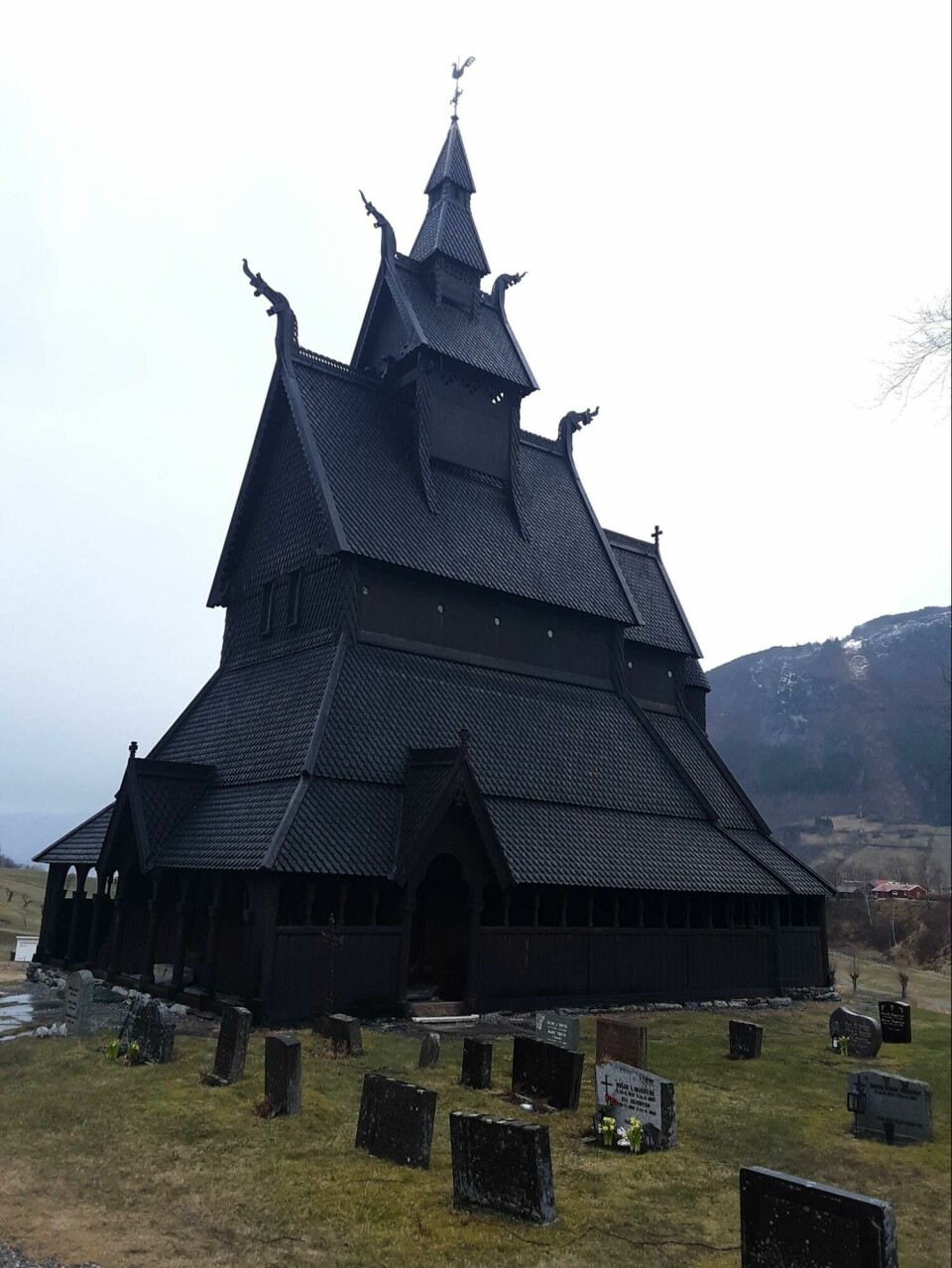
Though unassuming at first, this is one of my favorite points of interest on the trip, as it reveals several layers of history at once. Before the church even existed, the site was dedicated to the worship of the Old Norse god, Njord, the history of which has been preserved in the name, Norderhov. It is estimated that construction of the church was complete in around 1170, and was likely the primary church in Ringerike during the Middle Ages. In 1716, the church saw some excitement in the Battle of Norderhov, an installment of the Great Northern War of 1700-1721. The Swedish military had forcibly taken the rectory attached to the church, but Norwegian dragoons launched a surprise attack and ousted the Swedes, with the aid of the pastor’s wife, so the legend goes. Two hundred years later, another war would arrive on Norderhov’s doorstep with the Nazi invasion of Norway. On the outer wall of the church, a plaque is hung in memory of those from the region who died during the occupation.
Borgund stave church
Borgund is one of the most well-preserved stave churches in Norway, dating from the late 12th to the early 13th centuries. With its tiered roofs topped with dragon heads and walls covered in a lacework of wooden carvings, Borgund is the epitome of what a stave church is in popular imagination, fitting exactly the expectations that come with the term. The region’s tendency toward rain often deepens the color of the church’s wooden facade to black, creating a sharp contrast with either the lush green grass or sparkling white snow, depending on which season you visit in. Beware of the lions guarding the southern portal, as they’ve stood vigil there for centuries.
Wandering in the West
Aurland
Aurland is our first stop on the West Coast proper, and where I recommend you stay at least one night at Lunde Camping. One of their cabins is 700 NOK a night, which is quite cheap if you can split it four ways. The affordability of the lodgings comes as a further surprise when you realize what you’re paying for: a calm and secluded environment and a location right on the water with the sheer face of a mountain looming over you.
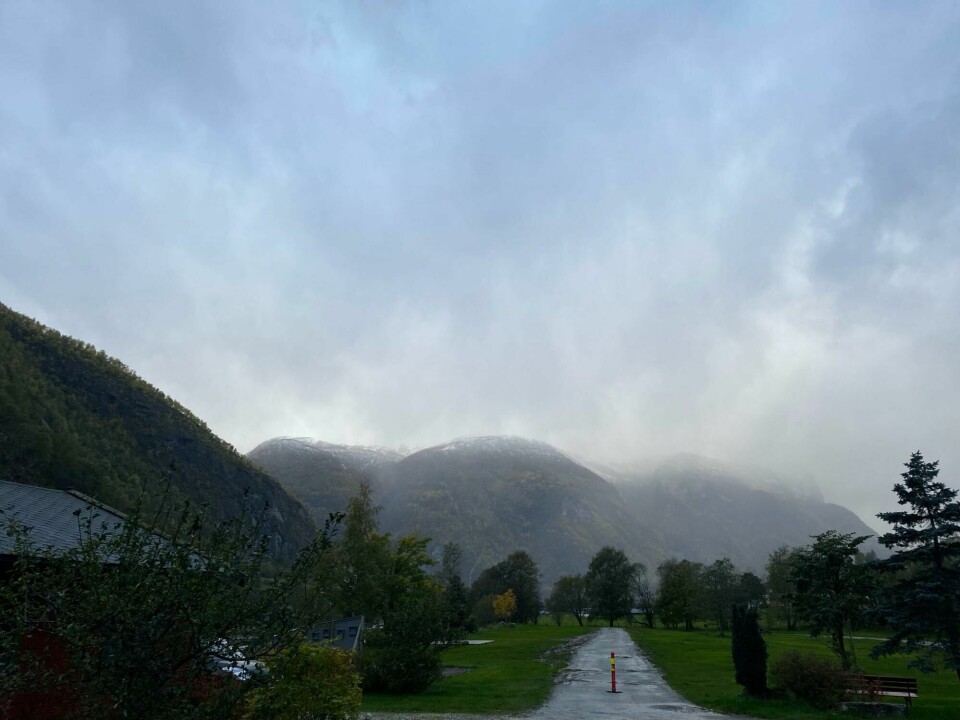
Aurland also boasts its own 13th century stone church, as well as a charming beachfront area, where you can walk along the fjord amongst the subdued bustle of the docks. Stegastein is a lookout point about a nine-kilometer drive up from Aurland, though if you’re brave you might consider jogging up and down the whole length of the steep road, as we saw some super-human Norwegians endeavoring to do. My friends and I agree that the view from the top is one of the most magnificent we’ve ever seen, even with the wind howling in our faces. We tried to capture it on camera, but the pictures, beautiful though they might be, don’t fully do it justice. You just have to go and see for yourself.
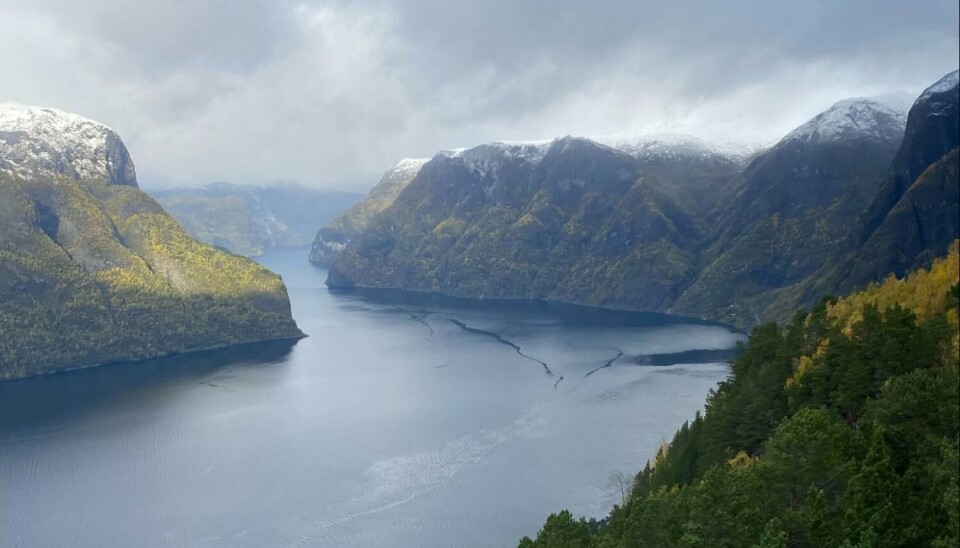
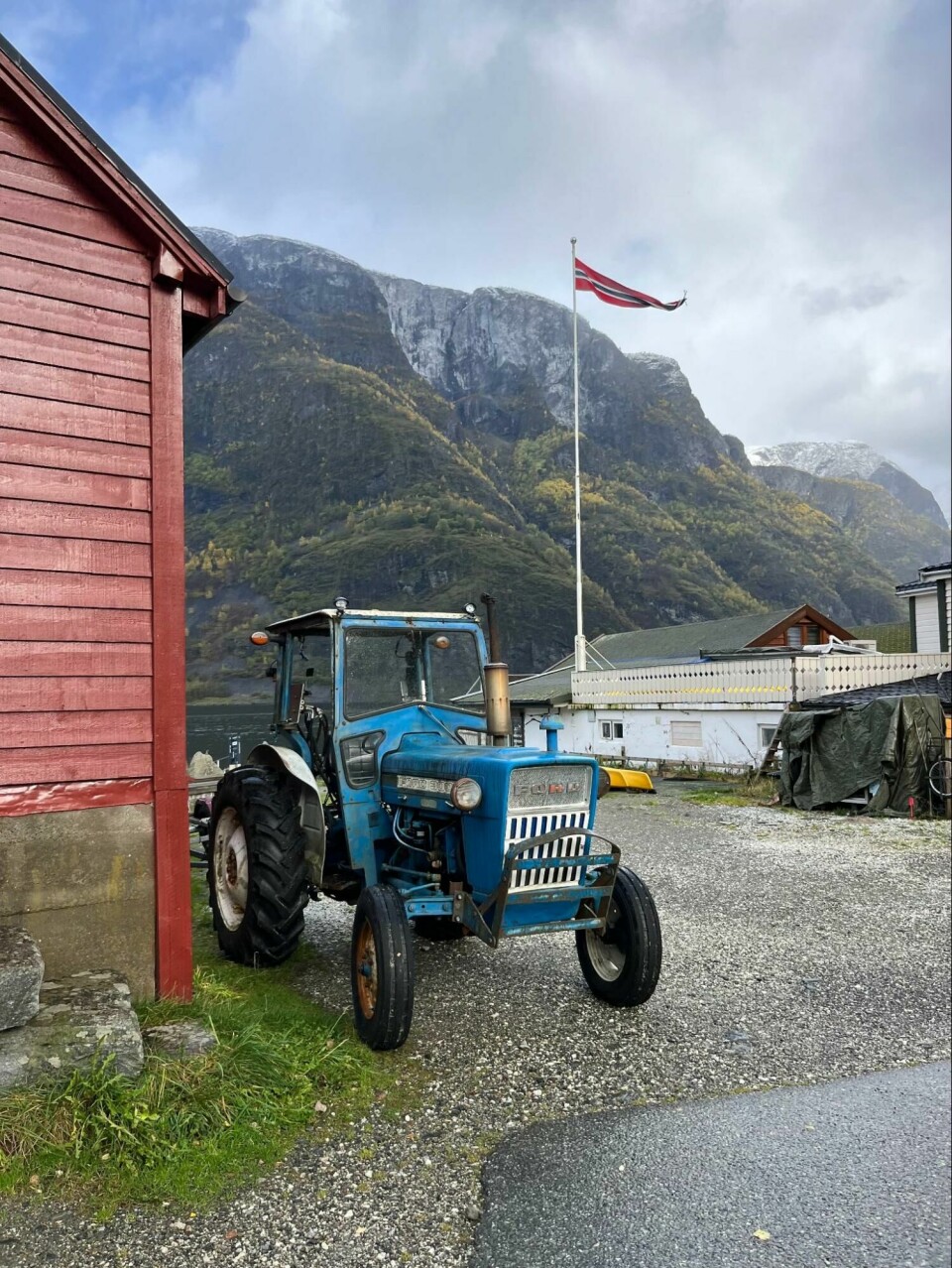
Undredal and Bakka
These two places are cozy hamlets both within a short distance of Aurland, and if you have the chance you should at least take a leisurely drive through them, even if you don’t have the opportunity to stop. Undredal is home to a stave church, though it's been heavily renovated over the centuries so that from its exterior you can hardly recognize it as such. If the 200 NOK price of entry is too steep, it’s nevertheless lovely to view from the outside, tucked into a steep hillside that descends down to the fjord. But if you can only spend money on one thing in Undredal, let it be goat cheese. Next to the stave church, the main attraction of Undredal is the award-winning dairy. If you still haven’t found the time to try brown cheese, a unique staple of Norwegian cuisine, you should definitely pick some up from Undredal.
Like nearly everywhere else on this list, Bakka is also ornamented by a picturesque church, though the structure is more modern than all the other entries, being built in the mid-19th century. While the church is worth looking at in itself, more memorable for me is the area behind the cemetery, dedicated to a modest boathouse and a small patch of ground that leads into the fjord. Sitting there in the grass, listening to the gentle lapping of the water and the high-up rumblings of rocks crumbling from the mountain peaks, I was filled with a sense of utter tranquility.

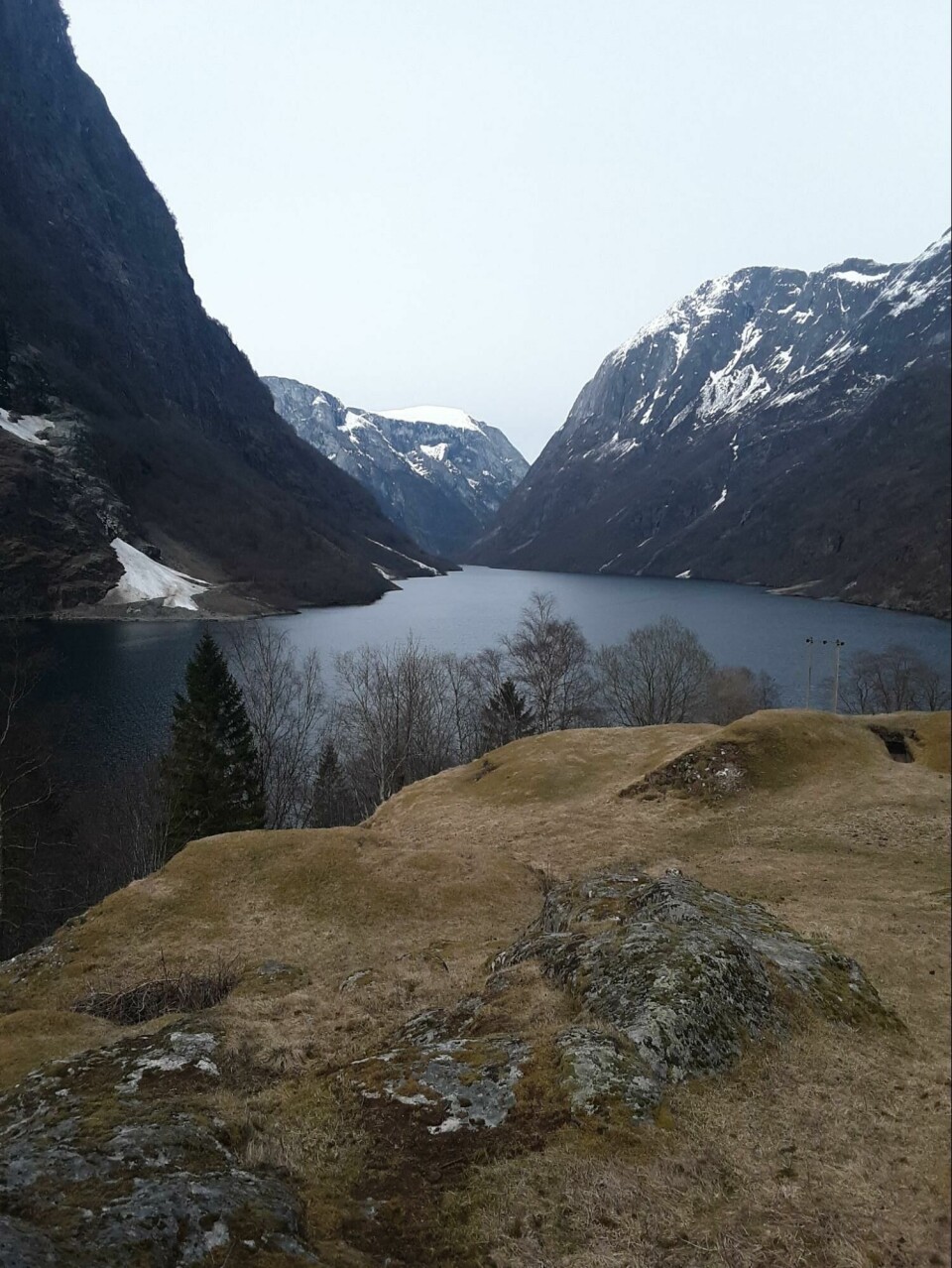
Gudvangen
At Gudvangen, you can see one of the best views of the Nærøyfjord, but only if you know where to look. At the bottom of the valley is a rest stop and cafe accompanied by a reproduction of a viking village, but you need to go higher up to gain a better vantage point of the fjord. Across the street from the touristy center, there is a narrow footpath almost hidden in the side of the mountain, which leads up to a grassy plateau inhabited by sheep and embedded with history. In a previous article, I wrote about the history of the Nazi occupation in Norway, I mentioned stumbling upon a German artillery nest from World War II. The view is more than lovely, and it’s disturbing to imagine German soldiers beholding this same scene, but through the lens of war, juxtaposing the stunning nature with equally stunning acts of violence. There were dates carved into the concrete walls, and I was left to ponder what they meant. Did they refer to days when refugees were gunned down, or supplies intercepted? This I found at peaceful Gudvangen, beneath a small posse of grazing sheep, the trauma of war overgrown with grass but never fully erased.
Baldersteinen, Leikanger
A Balderstein is an Iron Age memorial stone, usually erected in connection with burial mounds. The largest Balderstein in Norway is located in a small town on the Sognefjord, just off Highway 55. If you can, take a moment to contemplate for whom it might have been raised, and what their life was like 1.5 millennia ago, scratching out a living on the edge of the same fjord their descendants still inhabit today.
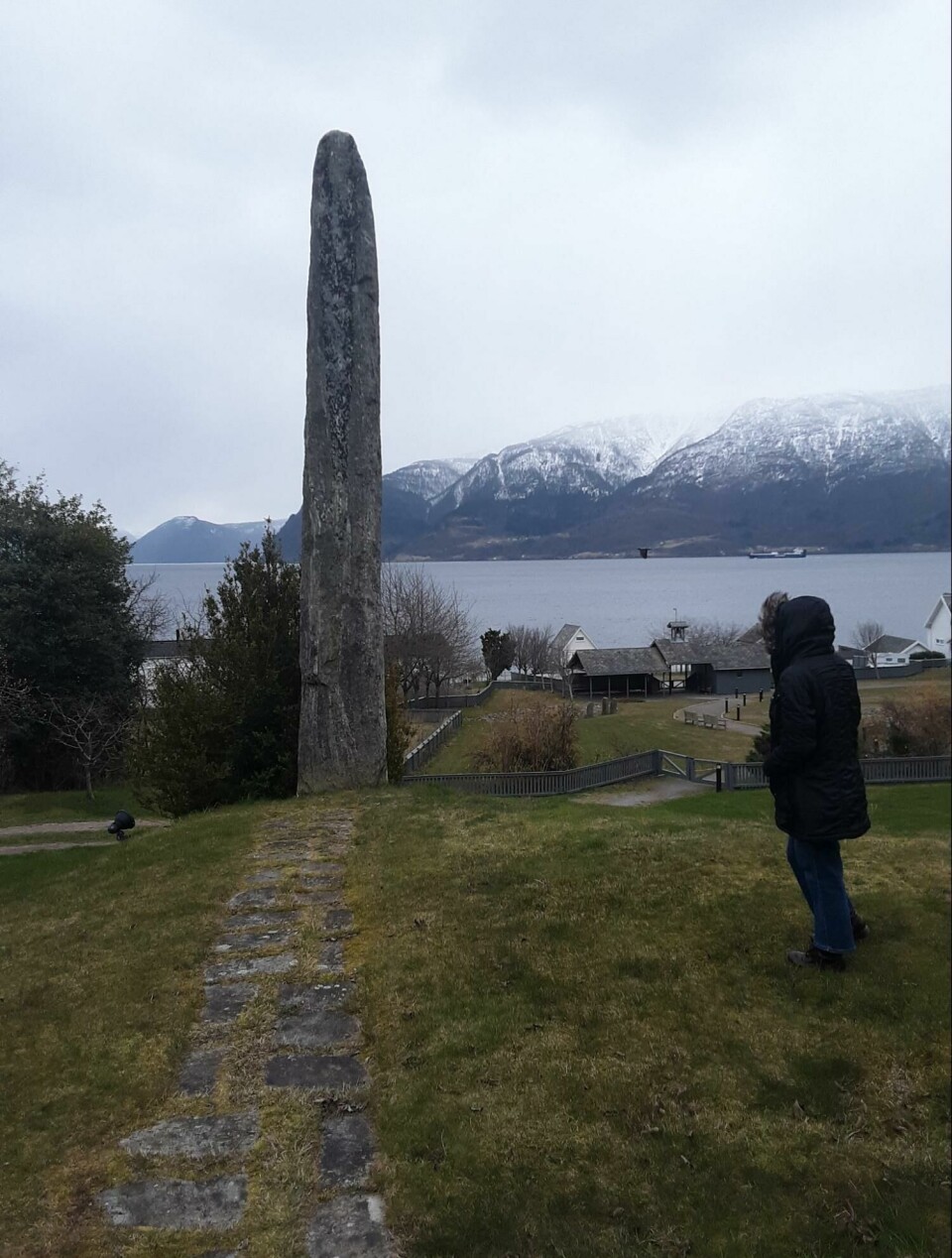
Sogn Folkemuseum, Leikanger
Located a short distance from the Balderstein is an open-air museum, similar in concept to the Norwegian Folk Museum in Oslo. The buildings here date from as far back in time as the Middle Ages, to as recently as the 1980s – though you might not notice at first glance. Even the newest buildings are constructed in a similar style to the medieval ones, demonstrating how slowly modernization occurred in the remoter parts of rural Norway, and showcasing the strong, unbroken traditions which have thrived there for generations.
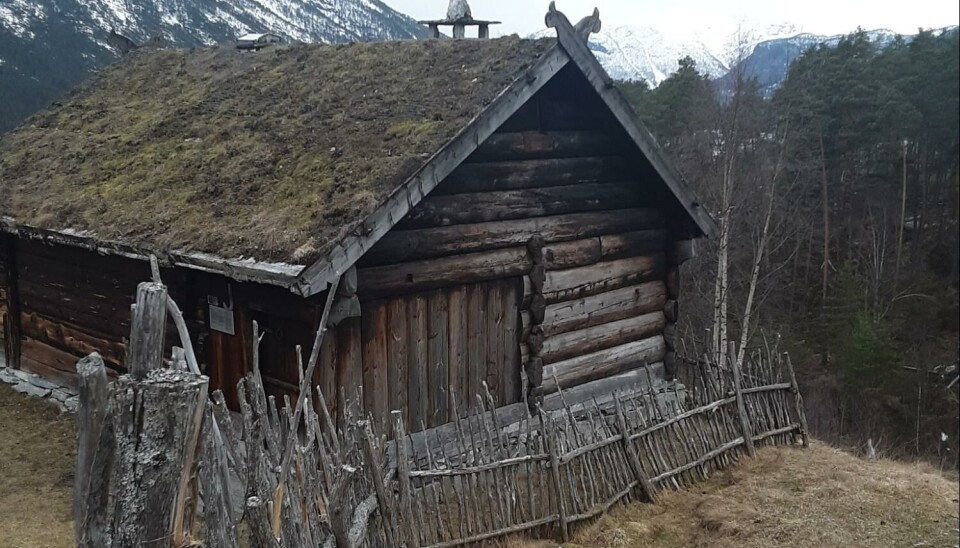
The Way Back
Låtefossen
Låtefossen is an impressive, 165-meter-tall waterfall, located right off Highway 13. The falls stream from a lake before breaking off into two branches, then rejoin beneath the road to empty out into the river flowing on the other side. If you visit, you’ll be in distinguished company, as Kaiser Wilhelm II also graced Låtefossen with his presence, which is commemorated with an ornate sign. Stepping out onto the rocks and feeling the spray of the waterfall on my face was an exhilarating experience, even in October.
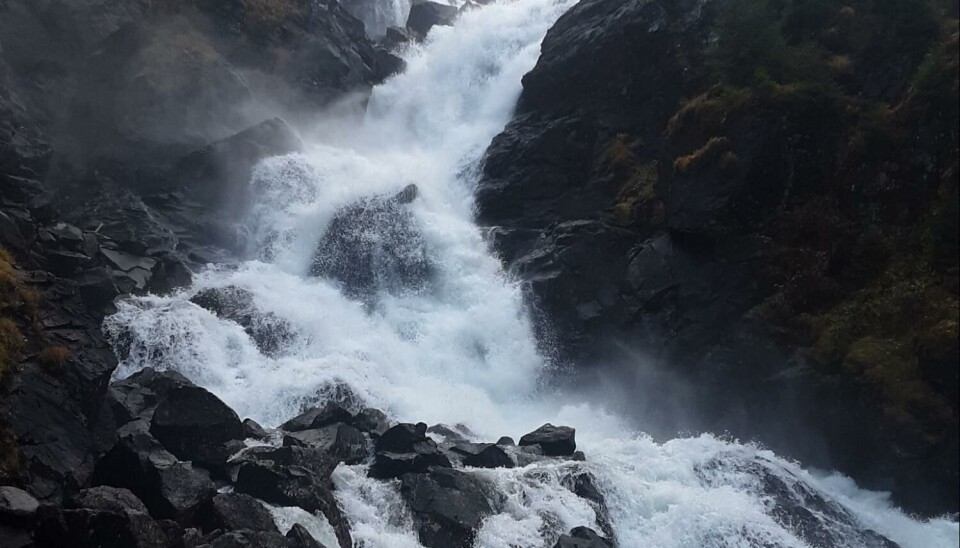
Rauland
The most spectacular part of Rauland isn’t the tourist attractions, but the people. It was a singular experience I had there, and maybe it can’t be replicated, but I include Rauland as a point of interest as a general encouragement to try and connect with the people you find in the places you explore on your journey.
We’d spent over eight hours on the road, on a tight schedule because of the check-in deadline at our AirBnB. When we finally arrived, absolutely exhausted, we went for a beer across the street from where we were staying, at a bar of the rare type that admits people as young as eighteen. It was Friday night, so the place was jam-packed with blond teenagers, keen to party after working on their respective farms, all of them decked out in work pants and woolen Marius sweaters. Country music was blaring, but I could hardly understand the lyrics due to the noise and the fact that they were in Norwegian. It felt like the tectonic plates had shifted, with Norway crashing into rural America. The atmosphere was jovial, especially when “Raulandsongen” came on over the speakers, the unofficial anthem of the town which proudly proclaims “Me e frå Rauland” (“We are from Rauland”) in their dialect.
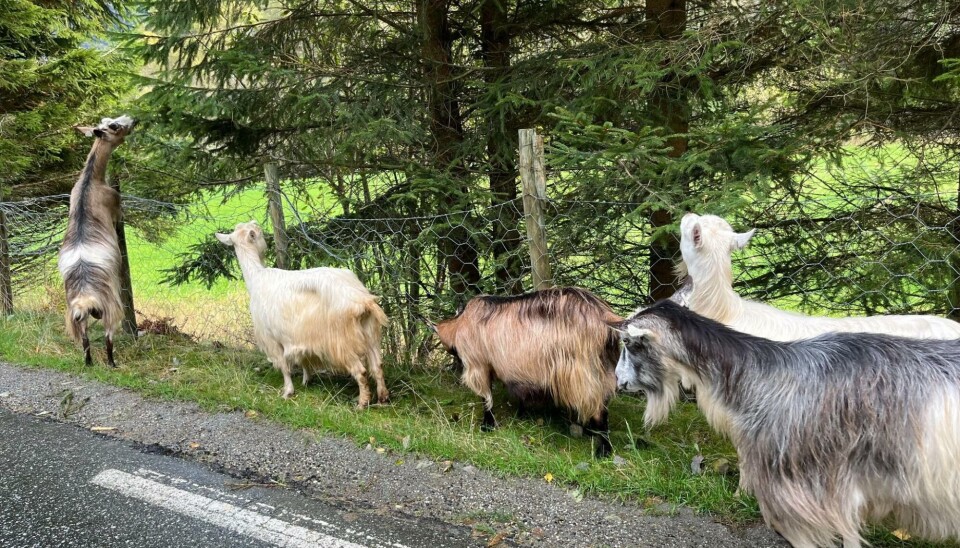
We spent a couple of hours slowly drinking Carlsberg from plastic cups, drifting in and out of conversation with the odd collection of folk gathered there. One middle-aged man griped that the young crowd was ruining the peace and quiet of his favorite haunt, while an older woman was glad to have the bar as a place where the generations could find common ground, drinking the same beer and singing the same songs. We also met some people from further West, who’d come down to Rauland for a wedding. One looked every bit the gentleman farmer, wearing a waistcoat and a newsboy hat, a stark contrast to his bearded, casually dressed companion, who told stories about his lesbian mother giving him sips from her alcoholic beverages when he was just a kid.
The old superstition that Norwegians will open up to you as soon as they have a pint in their hands was proven true — at least in Rauland. Though we initially stopped in Rauland as a convenient place to spend the night, it is easily one of the most memorable adventures I’ve had while traveling through Norway.
Journey’s End
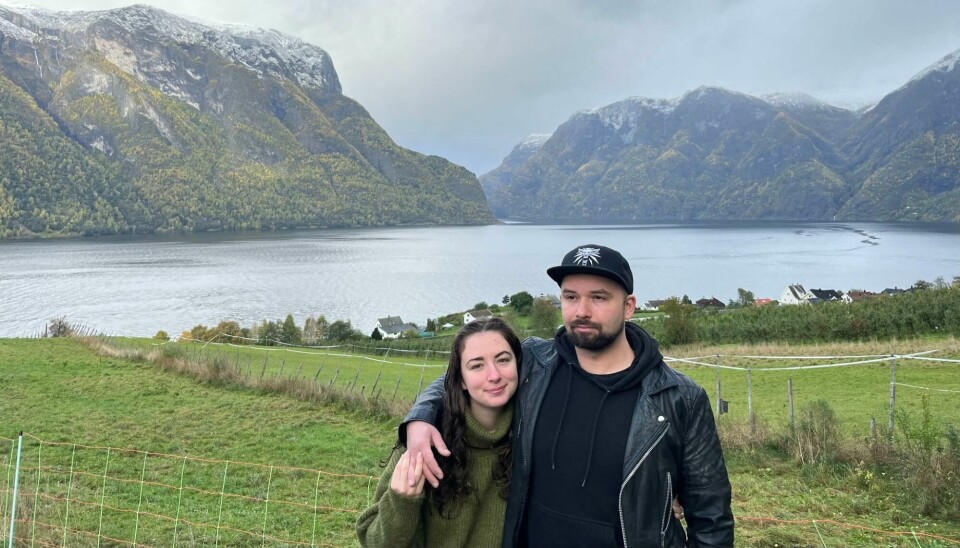
I’m a homebody; I love my books and my tea and my rocking chair. As much as I enjoy traveling, I’m usually looking forward to going home when the time comes. So when I confess that the West Coast was the only vacation I was unequivocally sad to return from, you’ll understand the full depth of my meaning. When you go there yourself, I hope you encounter a place that gives you the same joy of experiencing it, and the same sorrow of leaving.
































